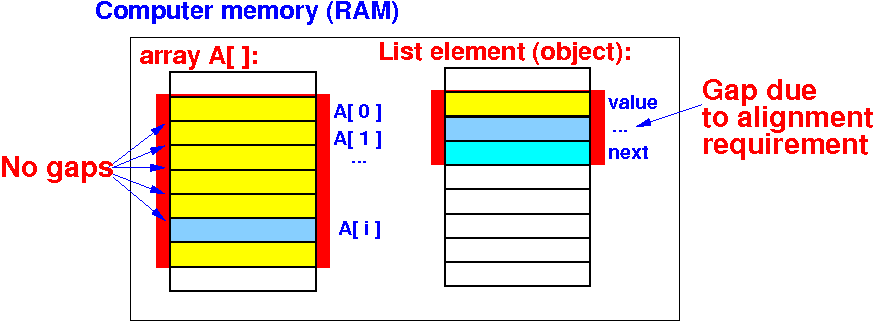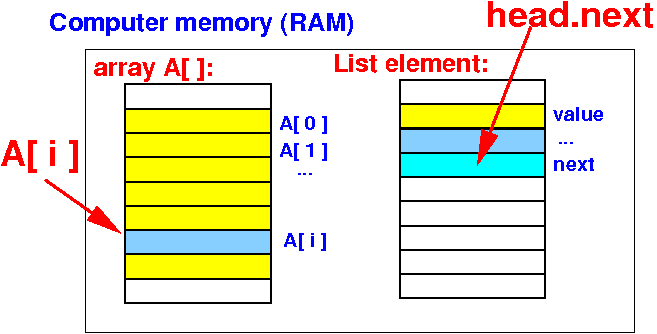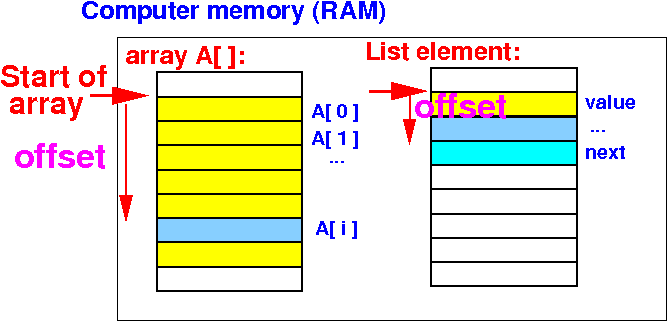What and
why are data structures in a program ?
|
Primitive/simple variables
and composite variables/data
structure
|
General
storage
characteristics of data structures
|
Accessing
data structures in
high level programming languages
|
Information
need to
access (primitive) variables in memory
|
How to
accessing a
simple variable
inside data structures
|


